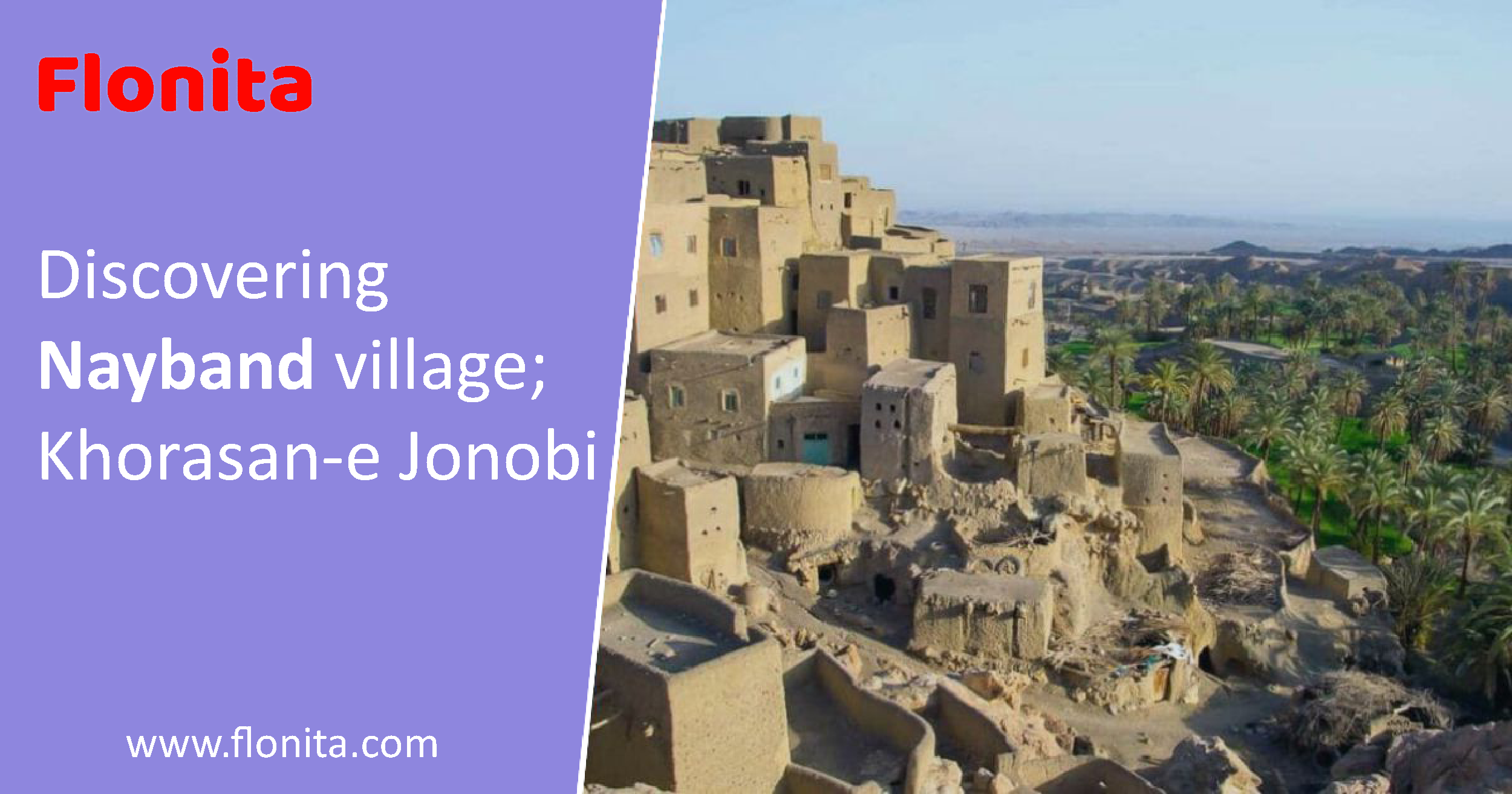
Nayband Village Tour
Nayband Village in Tabas, one hundred and five kilometers from the rural district of Kavir, two hundred and thirty kilometers southeast of the city of Tabas, is located along the Tabas – Ravar route in the South Khorasan Province. This village is linked to the villages of Chehel Payeh, Darband, Dihok, Korit and Parvdeh in its neighborhood. Nayband Village, which according to historical documents traced back to thousand years ago, is located one thousand and one hundred meters higher than the sea level. Local texts declare that at the time of the attack of the Afghans on Iran, Neder Shah Afshar camped in the land of Naybandan, while he tried to drive the enemy out of Iran. The local people of Naybandan, this heaven-like land in the heart of the desert, talk in Persian with Khorasani dialect.
Program ( 10-02-2024 )
The water for the village and irrigation of the palm trees have been provided by the warm and cold water springs and Qanats. Zardgah Water Spring and Dig-e Rostam Warm Water Spring are some of the water sources. There is also a Sulfur Water Spring in ten kilometers from Nayband that has healing properties. Naybandan Wild Life Shelter, the grandest preservation area of Iran, spreads over land of about one million and four hundred and twenty-two thousand hectares. There is a cave in this area called the Cave of Hayenas, where herds of these animals live. Some of the other species of animals that inhabit this land are tiger, cheetah, sand cat, fox, Rupell’s fox, and Blandford’s fox, the rarest fox breed. Rams, ewes, wild goats, goats, Persian porcupines, and rabbits can be named, too. Some of the birds that can be found there are Pleske's ground jay, bustard, partridge, roller, see-see partridge, crowned sandgrouse, black-bellied sandgrouse, Eurasian eagle-owl, falcon, kestrel, saker falcon, golden eagle, and hen harrier. Prunus scoparia, prunus eburnea, wild fig, haloxylon, milkvetch, and caraway are some of the species of plants that form the vegetation of these lands.
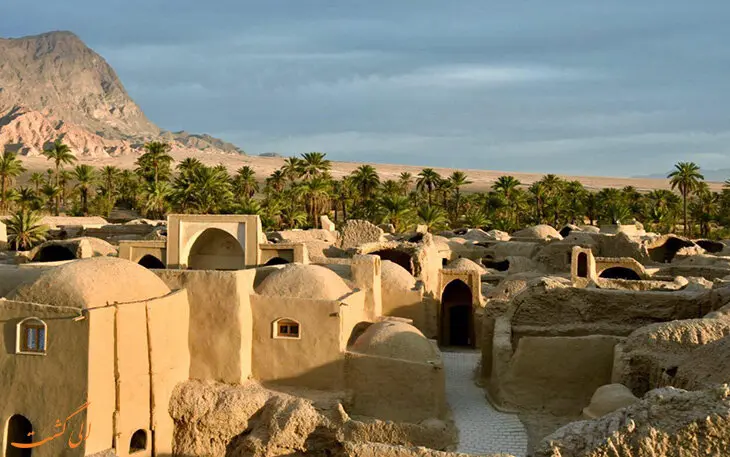

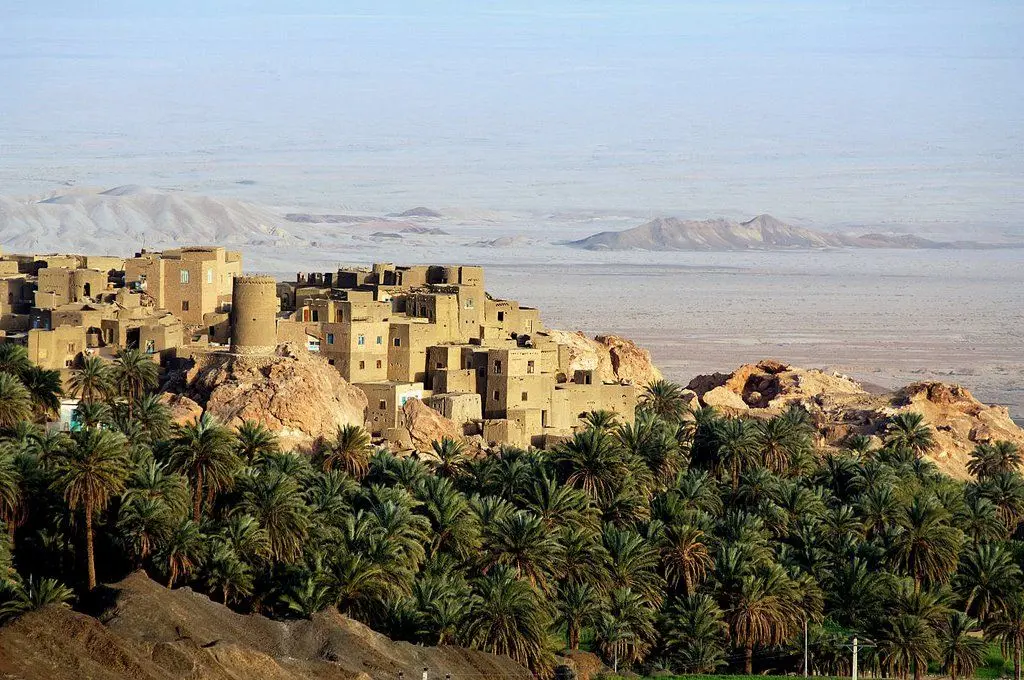
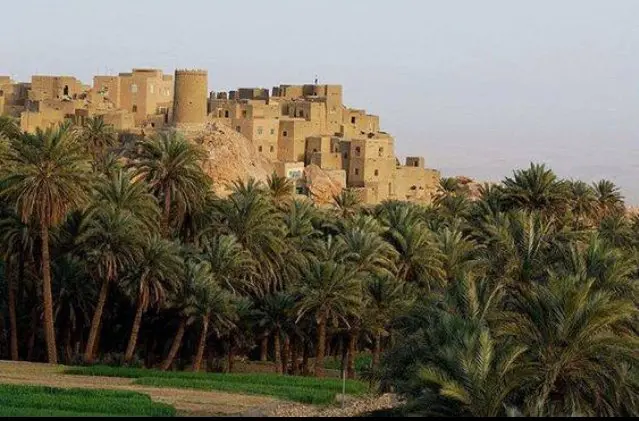
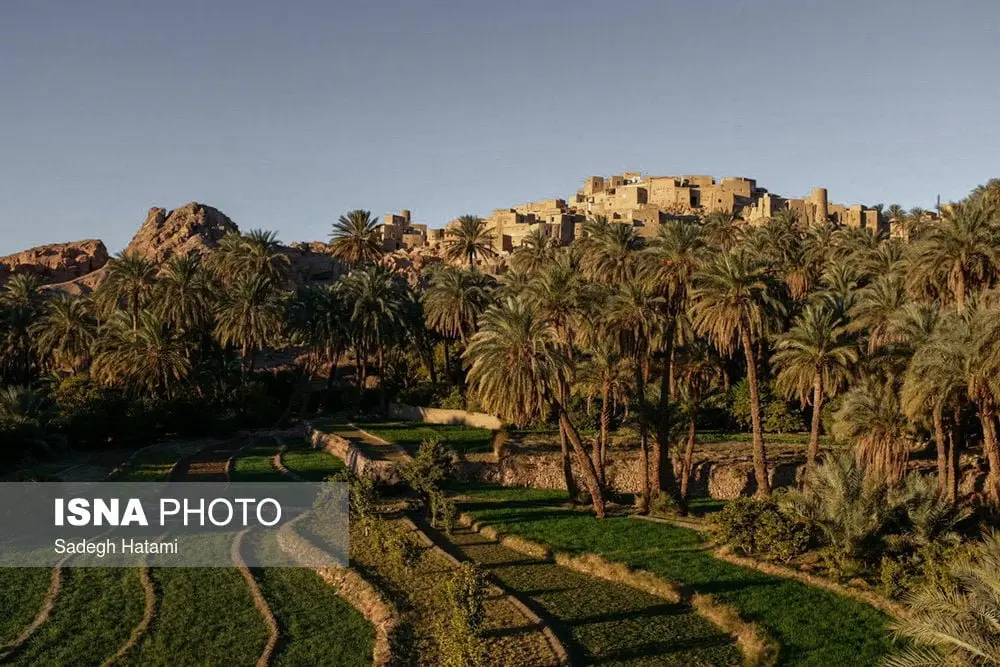
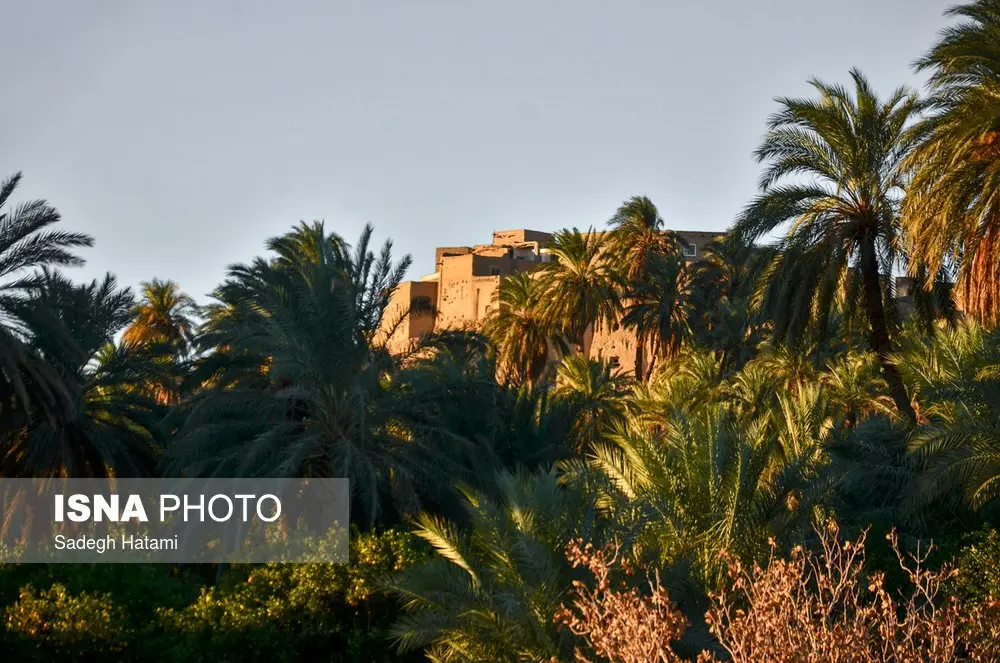
Your Comment
Required fields*